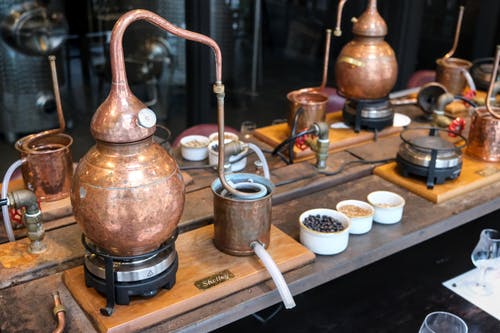
Gin is a spirit made from a neutral alcohol, primarily grain-based, flavored with juniper berries, which give it its characteristic taste.
According to regulations in the European Union and the United States, gin must have a predominant juniper flavor.
Besides juniper, various other plants and spices, known as botanicals, can be added to create diverse flavor profiles.
Gins can be classified into several categories, including Distilled Gin, London Dry Gin, and Old Tom Gin, each with specific production methods and characteristics.
Key production methods to know for gin making
The first step is to develop your gin by choosing the alcohol base and the combinations of botanicals to use.
Generally, among most gin distillers and producers worldwide, there are different methods for extracting flavors from the botanicals.
The first step involves selecting your alcohol base and the botanical combinations to use.
The Redistillation Method
Most gin producers do not distill their own neutral alcohol base to be flavored.
They source it from specialized distilleries equipped with column stills, capable of producing an extremely pure spirit, reaching over 96% ABV according to European regulations, and nearly free of aroma—comparable to vodka.
This alcohol is then infused with the chosen botanicals to extract their essential oils and flavor the base spirit.
The highest-quality gins are typically redistilled with these botanicals in a more traditional still, such as a pot still.
The Steep & Boil Method
This is the most traditional and common method for making gin.
With this method, gin is made from a high-proof neutral spirit that is then diluted to infuse the botanicals or spices.
Some producers allow the botanicals to steep for up to 48 hours or more before distillation.
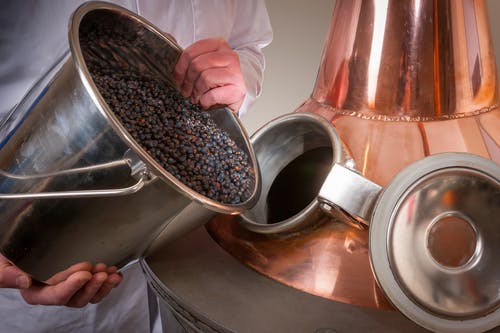
Some believe that maceration "cooks" the aromas and therefore prefer to distill the mixture immediately.
Regardless of the approach, once the maceration is deemed complete, the mixture is distilled in a still, producing a spirit rich in the aromas and flavors of the botanicals.
Water is then added to reduce the alcohol content before bottling.
Vapour Infusion Method
With this method, the juniper berries and botanicals never come into direct contact with the liquid alcohol.
Instead, they are placed in baskets inside modified stills and only meet the alcohol in vapor form during distillation.
The vapor infused with botanicals then condenses into a botanical-infused spirit, to which water is added to reduce the alcohol level.
This infusion method is commonly used for more delicate botanicals like cucumber, helping to preserve fresh flavors and aromas.
Which aromas to choose for gin production ?
All gins are essentially neutral spirits flavored—either by blending or distillation—with juniper and various other seeds, berries, roots, fruits, and herbs known as botanicals.
There are hundreds of botanicals used to flavor gin, but the following are the most commonly used.
Juniper
Juniper is the main and essential ingredient in gin, giving it its characteristic taste. The berries primarily come from the species Juniperus communis, found throughout the Northern Hemisphere, notably in Europe, North America, and Asia.
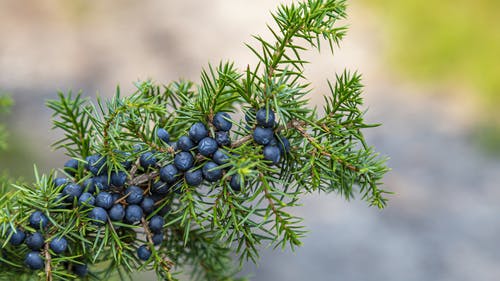
The berries are harvested from wild or cultivated plants. Major growing regions include Italy, Macedonia, and the Balkans.
They are handpicked, often in mountainous areas where growth conditions are ideal. Juniper berries are fragrant and spicy, with a taste that is both bitter and sweet.
They exhibit hints of pine, lavender, and camphor, all accented by a peppery finish.
Coriander seed
Coriander is another key botanical in gin production, adding spicy and citrusy notes. It is mainly grown in Eastern Europe, Asia, and North America.

Coriander is mostly harvested in Eastern countries such as Russia, Bulgaria, and Romania, although milder varieties can also be found in Morocco.
The essential oil of coriander is linalool. It is soft, spicy, fragrant, and aromatic, with flavors reminiscent of candied ginger, lemon, and sage.
Cardamom
Originating from southern India, cardamom has long been used for its medicinal properties.
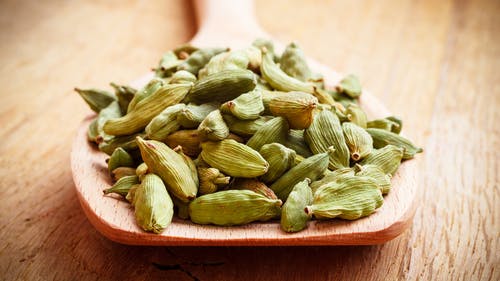
It is also highly valued in cooking, although this botanical remains relatively unknown in Europe.
Cardamom seeds emit a fragrance of aromatic spices, enhanced by notes of menthol and eucalyptus.
Angelica roots
Angelica roots come from the plant Angelica archangelica and are mainly used to fix and enhance the aromas of other botanicals.
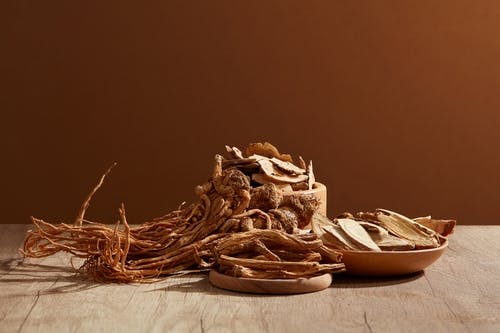
Angelica roots are primarily cultivated in Europe, notably in France, Germany, and the Nordic countries. The plant prefers cool and humid climates.
Angelica roots contribute earthy and slightly musky aromas, balancing the flavors of other botanicals.
Lemon peel
Lemon peel is used to add a fresh and lively touch to gin. The lemons used for their peel mainly come from Mediterranean regions such as Italy, Spain, and Greece.
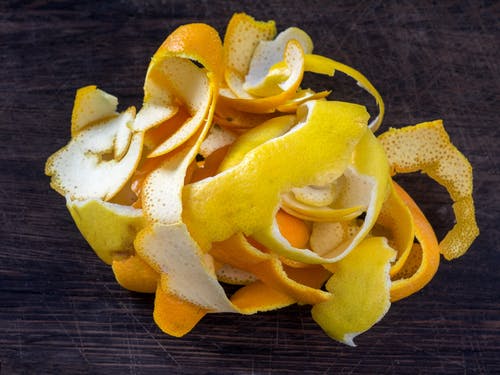
Lemons are grown in orchards and harvested when fully ripe. The peel is then dried to be used in distillation.
Lemon peel adds fresh and lively citrus notes, enhancing the aromatic profile of the gin.
Orange peel
Orange peel also adds citrus notes, but with a distinct sweetness compared to lemon.
The oranges used for their peel come from the same regions as lemons, with high concentrations in Spain, Brazil, and Florida.
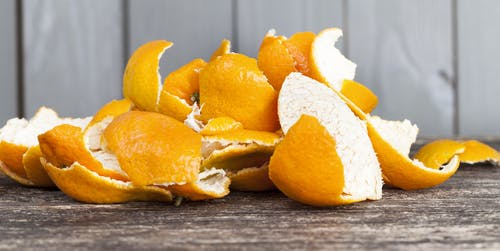
Oranges are grown in orchards, and their peels are dried before being used in distillation. Orange peel brings a balanced citrus sweetness, complementing the fresh lemon notes and adding an extra dimension to the gin.
Common stills used for gin production
The Classic Pot Still
The pot still is one of the most traditional methods for distilling gin. This still is usually made of copper and consists of a large kettle heated from below.
This type of still is often used with the “direct charge” method, where botanicals macerate directly in the alcohol before redistillation.
The Hybrid Still
The hybrid still combines features of both pot stills and column stills, offering great flexibility in the distillation process.
This still operates like a pot still, with the option for vapors to pass through a column with plates, but more importantly, it is often equipped with infusion baskets that allow vapors to be infused with botanicals.
Vacuum Distillation (Vacuum Still)
Vacuum distillation is a method where distillation occurs under reduced pressure by removing some air from the still, lowering the overall pressure.
The boiling point of ethanol, normally 78.37 °C at atmospheric pressure, decreases under lower pressure and can boil around 40 °C.
The advantage of vacuum distillation is that it better preserves aromatic compounds, reducing the degradation of certain constituents due to heat.
In other words, it produces distillates much closer to the original composition and scent of the plant.
This method is especially suited to the most delicate botanicals, such as citrus and flowers.
FOR FURTHER DISCOVERY OF GIN
La Maison du Whisky has three boutiques in Paris:
In each of these boutiques, you’ll discover a wide range of whiskies, rums, gins, and other spirits.
Our advisors will be delighted to introduce you to essential gin brands.